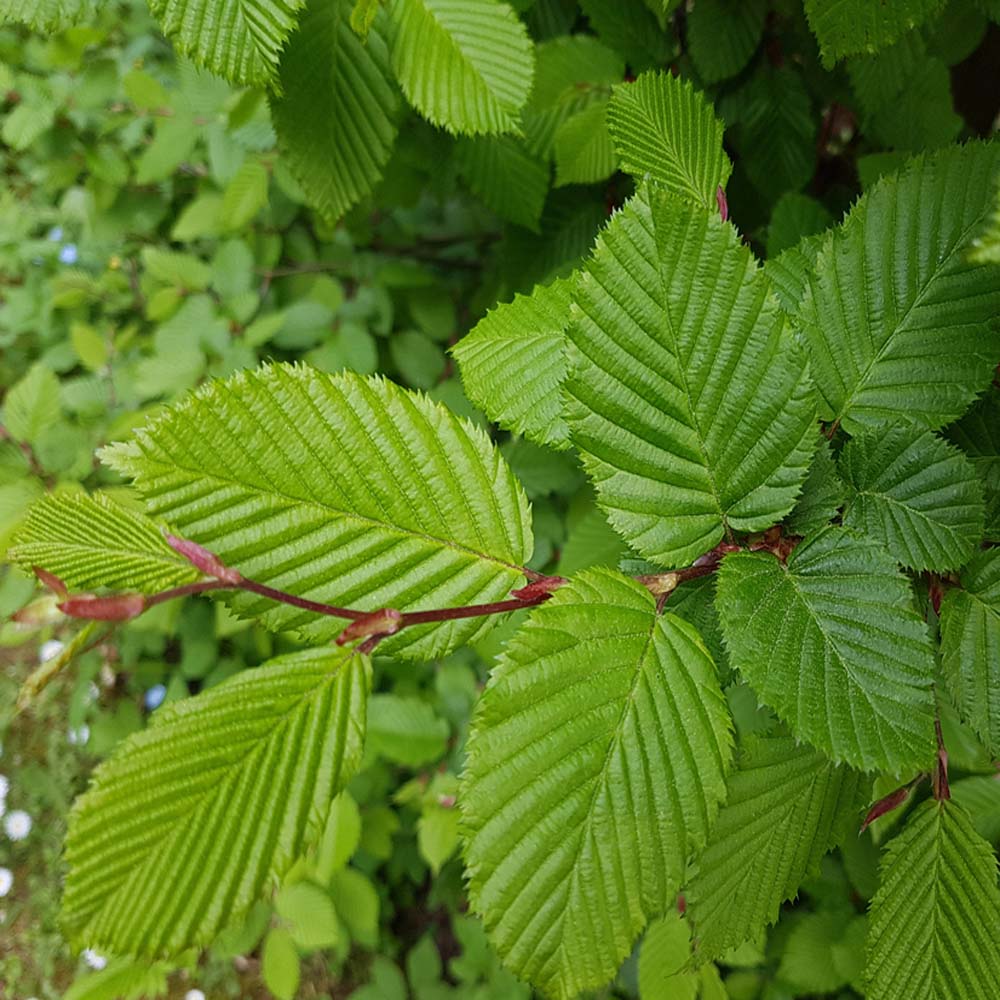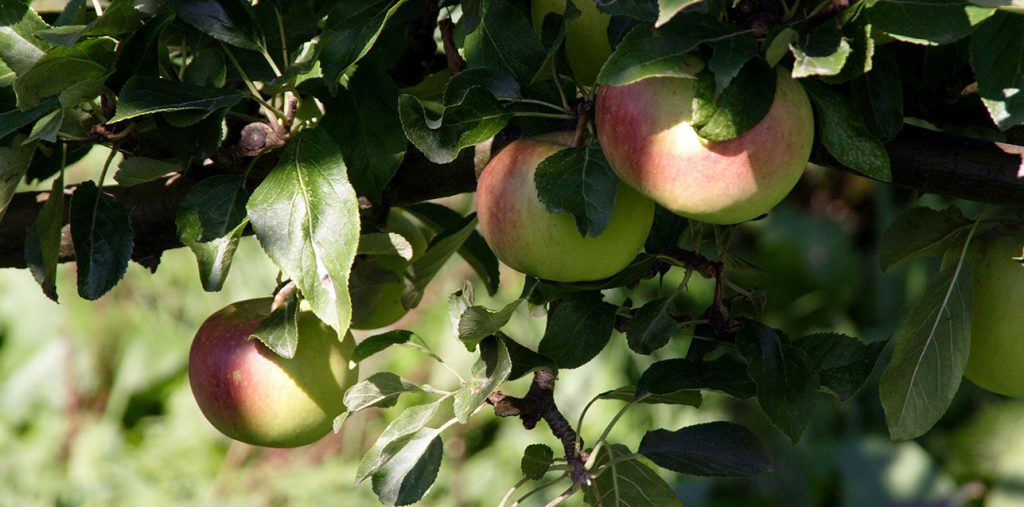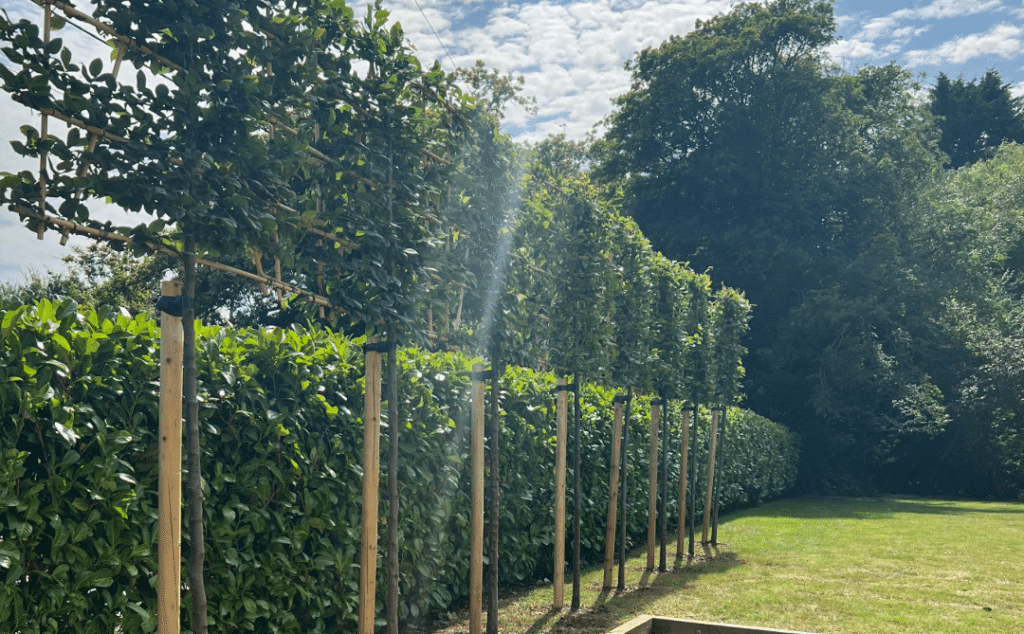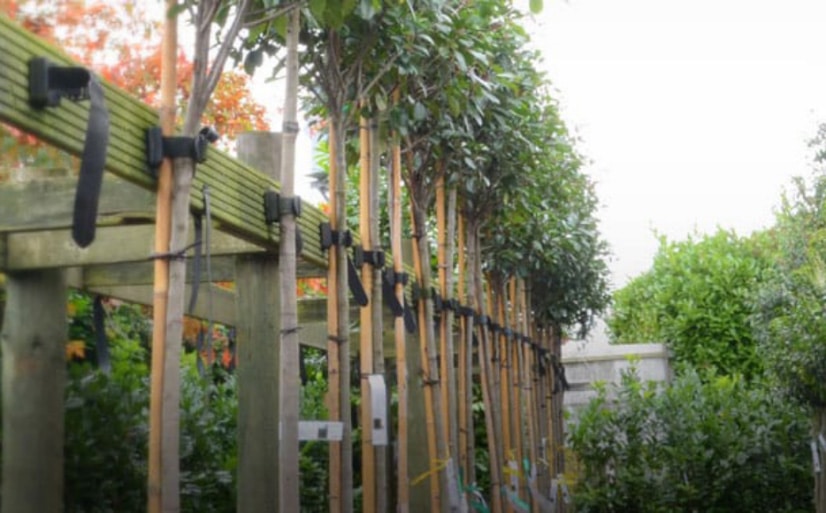Is Hornbeam Good for Gardens? We definitely think so.
In this article, we’ve explored the why Hornbeam is used in natural landscapes and highlighted some of its benefits for residential gardens!
What is Hornbeam?
Hornbeam is a remarkable, native, deciduous hardwood tree that thrives in a variety of settings, from woodlands and parks to urban landscapes. As a long-established and vital part of the UK’s native tree population, its importance in our landscapes has become even more pronounced, especially given the challenges faced by elm and ash trees.
Despite its widespread presence and numerous ecological advantages, the hornbeam often receives less recognition compared to the more familiar beech. The horticultural industry is actively working to change this, aiming to increase public appreciation for the hornbeam’s exceptional qualities, particularly within our natural landscapes.
Within our ancient woodlands, the hornbeam plays a crucial role in supporting the overall health of these invaluable, precious environments. Its significance as a primary component of native hedgerows is undeniable, particularly because it flourishes in clay soils where beech may not.



Is Hornbeam good for residential gardens?
When considering planting Hornbeam in gardens, we often suggest opting for an upright variety or a pleached tree. Upright cultivars like Carpinus betulus ‘Fastigiata’ have a very compact crown, making them well-suited for urban environments. Similarly, Pleached trees have a framework that maintains a compact branch structure, preventing any encroachment onto neighbouring gardens.
Hornbeam is also a great choice for gardens owing to its low maintenance needs and the level of winter screening it provides. Typically, it only requires a light trim twice a year. These light trims are beneficial for formative pruning, encouraging the development of a dense and compact “raised hedge” within a couple of growing seasons. This creates an effective, solid screen that offers superb coverage throughout the spring and summer, perfect for maximising your enjoyment of your garden.
In the autumn, the foliage of Hornbeam undergoes a beautiful transformation, transitioning through golden hues to a rich brown. Although Hornbeam is deciduous, it frequently retains its dry, brown leaves throughout the winter months (unless exposed to particularly windy or cold conditions). This characteristic allows Hornbeam to continue providing partial screening while permitting more light to reach ground floor windows during the darker winter months.
Other interesting features
The increasing ease of global trade has led to a greater frequency of species being introduced to regions far from their native habitats. Unfortunately, this also applies to the pests and diseases associated with these species, as exemplified by the Asian longhorn beetle. Interestingly, the Hornbeam has so far demonstrated such remarkable adaptability that it appears to have remained unaffected by the repercussions of global trade.
Is Hornbeam good for gardens? Hopefully this article answered that question and highlighted why Hornbeam should be an important consideration in nearly all sizeable planting schemes!






